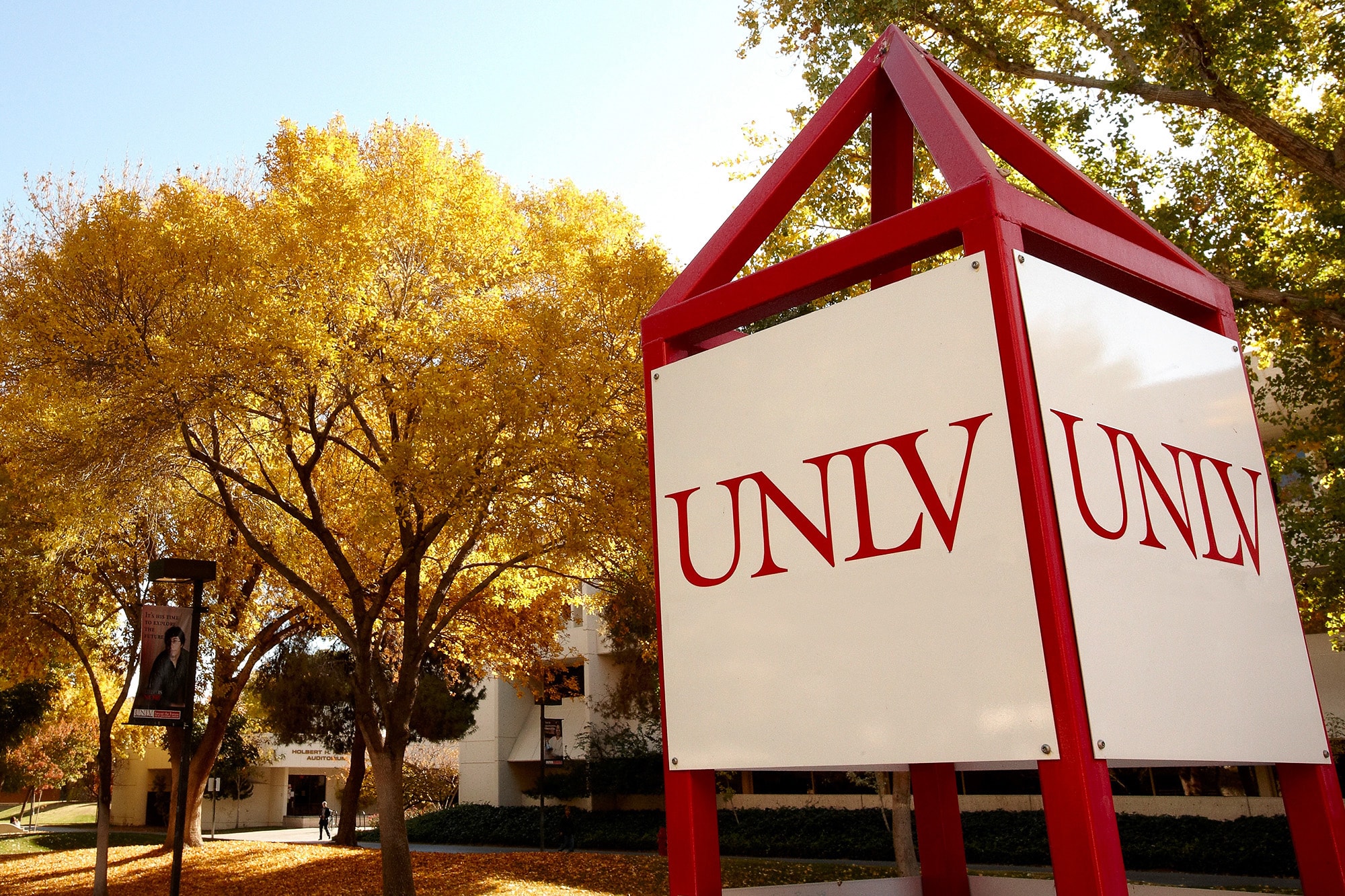Unemployment among Latinos in Nevada increased dramatically between 2008 and 2010, particularly because of a downturn in the construction and hospitality sectors, according to a report by Brookings Mountain West.
The report, authored by UNLV professors John Tuman and Dave Damore, and recent graduate Maria Jose Flor Agreda, is one of the first studies of its kind to examine patterns of Latino employment and unemployment in Nevada before, during and after the economic downturn.
"The official unemployment data may have understated the impact of the Great Recession on Latinos in Nevada," report authors suggested. Authors added that state data does not include information on "discouraged workers," or those who want a job but aren't currently looking because they believe there are no jobs available for which they would qualify.
In 2012, Latino unemployment in Nevada remained at 13.6 percent, a rate higher than in any year prior to the 2007 downtown and much higher than the state rate of 9.8 percent, the report said.
Among the report's findings:
- Between 2007 and 2010, unemployment among Latinos jumped from 6.5 percent to 18.6 percent, but then started a gradual decline.
- Between 2008 and 2009, the Latino labor force participation rate declined from 75.5 percent to 69.8 percent. Researchers said the pattern in the labor force data is consistent with rapid growth in discouragement that led many Latino workers to exit the labor market.
- Among Latinos in Nevada who were unemployed in 2008, 7.4 percent were without jobs for 52 weeks or longer. By 2012, 28 percent of Latinos who were unemployed in Nevada had been without work for 52 weeks or longer.
- The gap in unemployment between men and women grew during the Gret Recession. Latino men were more likely to experience higher levels of unemployment. In 2009, for example, 19.1 percent of Latino men were unemployed in Nevada compared with 13.1 percent of Latino women.
- Unemployment was concentrated among younger workers. The unemployment rate of Latinos aged 16 to 19 registered at 38.8 percent in 2009, but declined to 31 percent in 2012.
- Latinos and African Americans experienced much higher rates of unemployment after 2008 in comparison to whites and Asians, which may stem from variation in educational attainment. Latinos and African Americans in Nevada have lower high school graduation rates, which indicate they were at significantly higher risk for unemployment during the recession.



